Vacuum plastic forming (Thermoforming)
$0.00
New World has more than 25 years of experience in providing all kinds of thermal vacuum packaging or thermoforming services, contact us to inquire about the price of thermoforming or to place an order.
Thermoforming is a process in which a heated mold is used to reshape molten plastic. This process can be used to produce a variety of products including disposable tableware, dinnerware, and auto parts.
The thermoforming process begins with the melting of plastic in a mold. The melted plastic is then placed in a heated mold and is shaped into a mold using pressure. After the plastic has cooled, it is removed from the mold and the final product is ready for use.
Vacuum Forming Plastic (Thermoforming)
Vacuum plastic forming is a process used to shape plastics. Thermoforming refers to the process of transforming a thermoplastic sheet into a three-dimensional shape using vacuum and pressure, offering advantages over injection molding methods.
Applications:
Production of Disposable Containers: These are made from plastic or foam materials and come in various types, such as sealed containers, cups, and lidded containers.
Food Packaging: Plastic packaging materials that require pre-formed molds for preparation.
Pharmaceutical Packaging.
Refrigerator and Freezer Liners.
Thermoforming is one of the oldest methods for manufacturing plastic parts, where the raw material, in the form of a roll or sheet, is first heated to a temperature that makes it pliable for shaping. The heat applied is not high enough to melt the plastic. The heating process is carried out using heating elements in one or two chambers with a specific distance apart. After heating, the sheet becomes flexible and is shaped using a mold.
The molds are primarily made from wood and aluminum.
In mass production using the thermoforming process, plastic rolls or extrusion machines are used during the process. Sheets up to 1.5 mm thick are used in rolls, and thicker sheets are used in sheet form.
The thermoforming method is much more economical and efficient compared to plastic injection molding. The molds for thermoforming are prepared much faster and at a lower cost than injection molds. Additionally, making molds from aluminum is cheaper and faster than making them from steel, and the production line setup is significantly less expensive than with plastic injection molding.
Thermoforming Machine:
This machine can use thermal energy, pressure, and vacuum to reshape plastic and foam sheets into various forms.
Advantages:
High production speed
Easy access to raw materials
Application in various fields




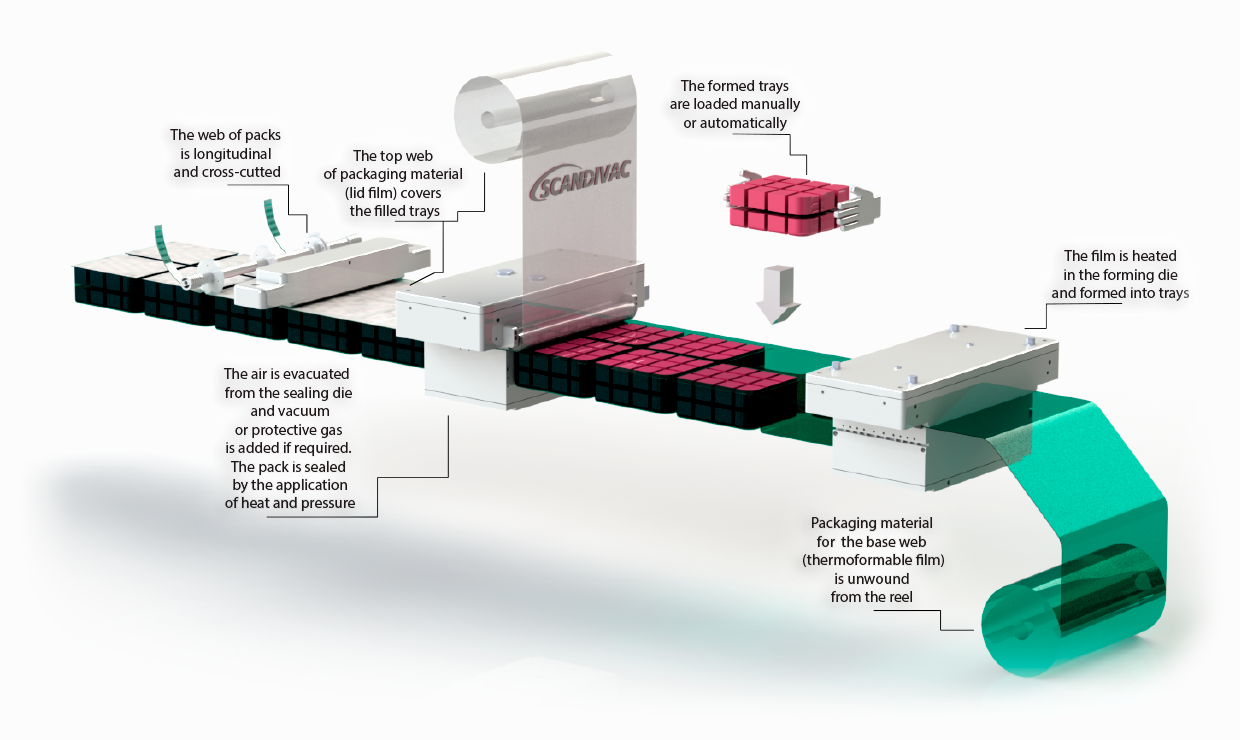




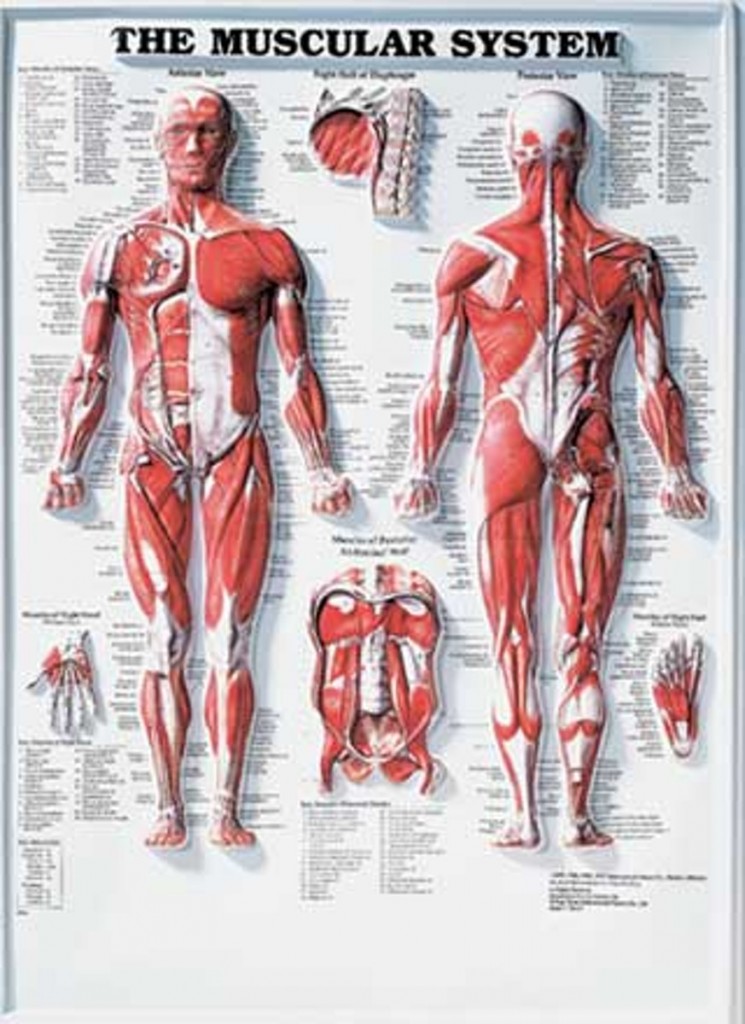





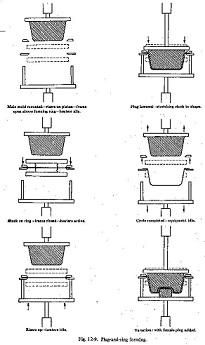




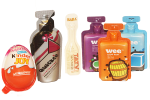
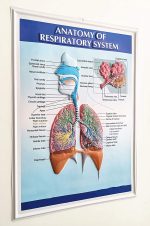


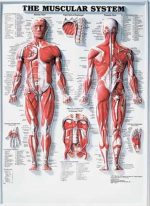
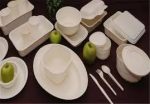


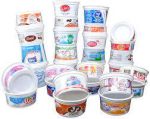




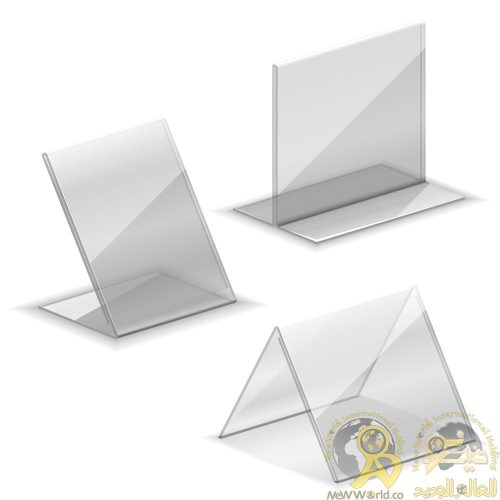
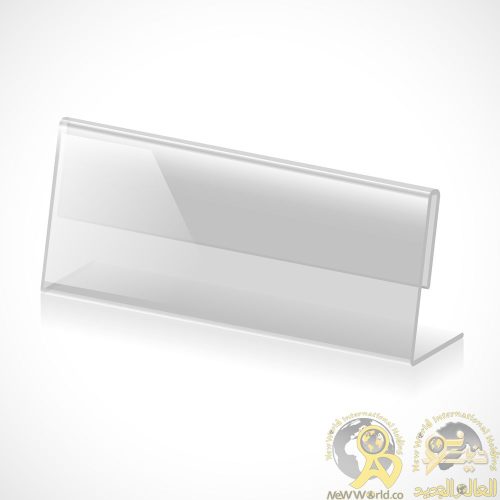
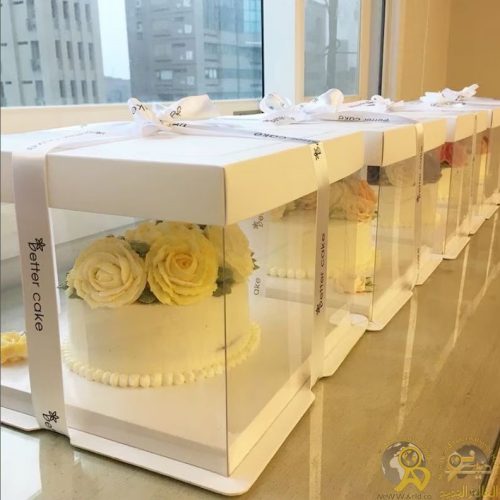
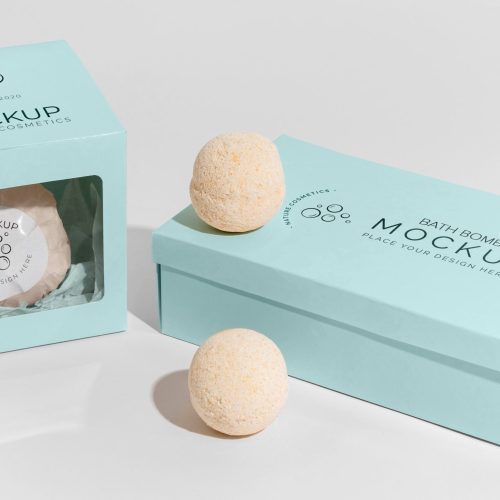
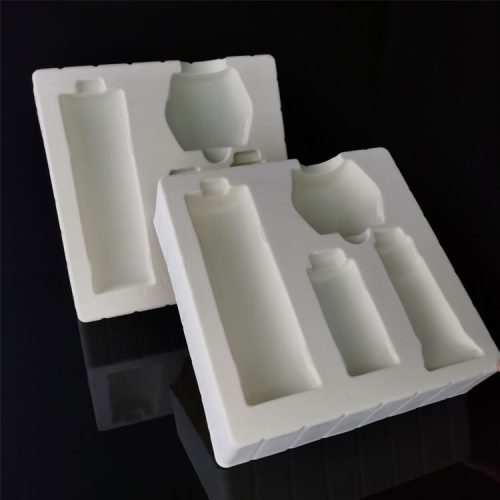
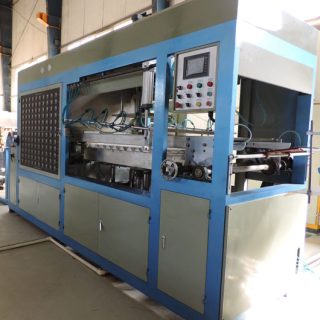
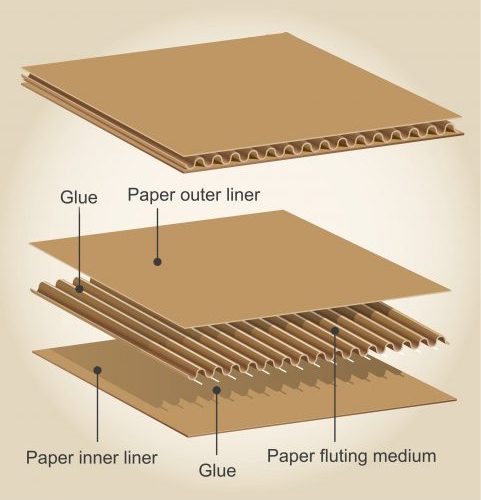

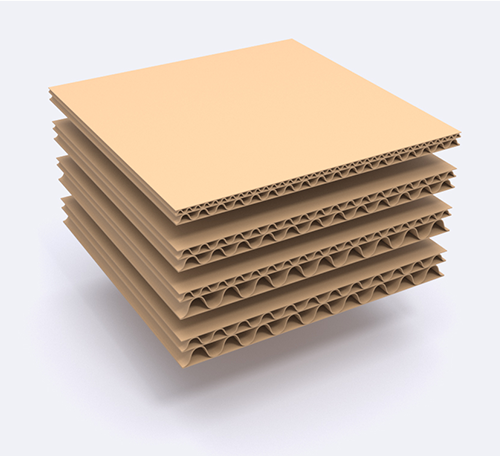
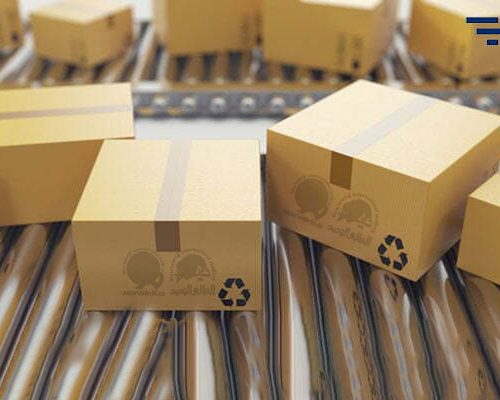
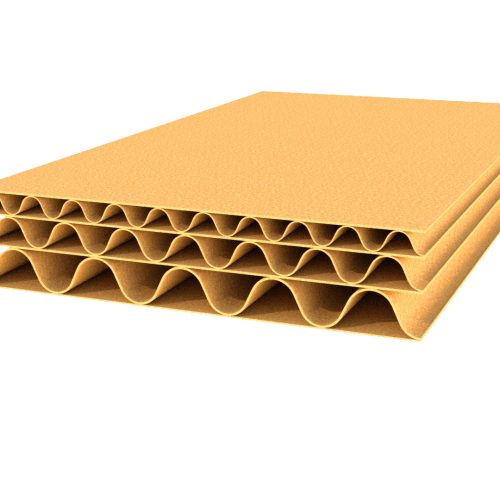

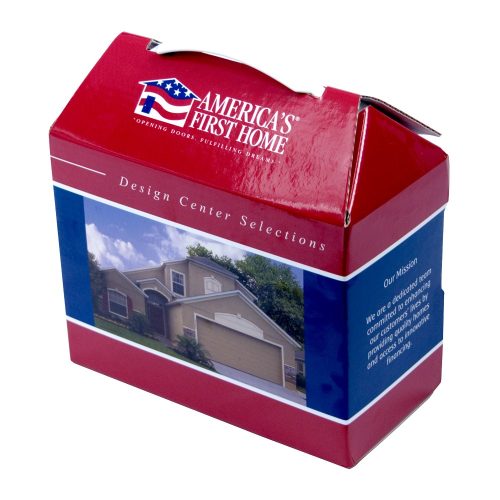
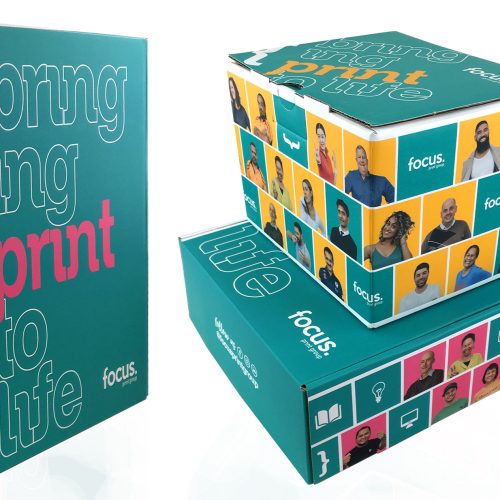


Reviews
There are no reviews yet.